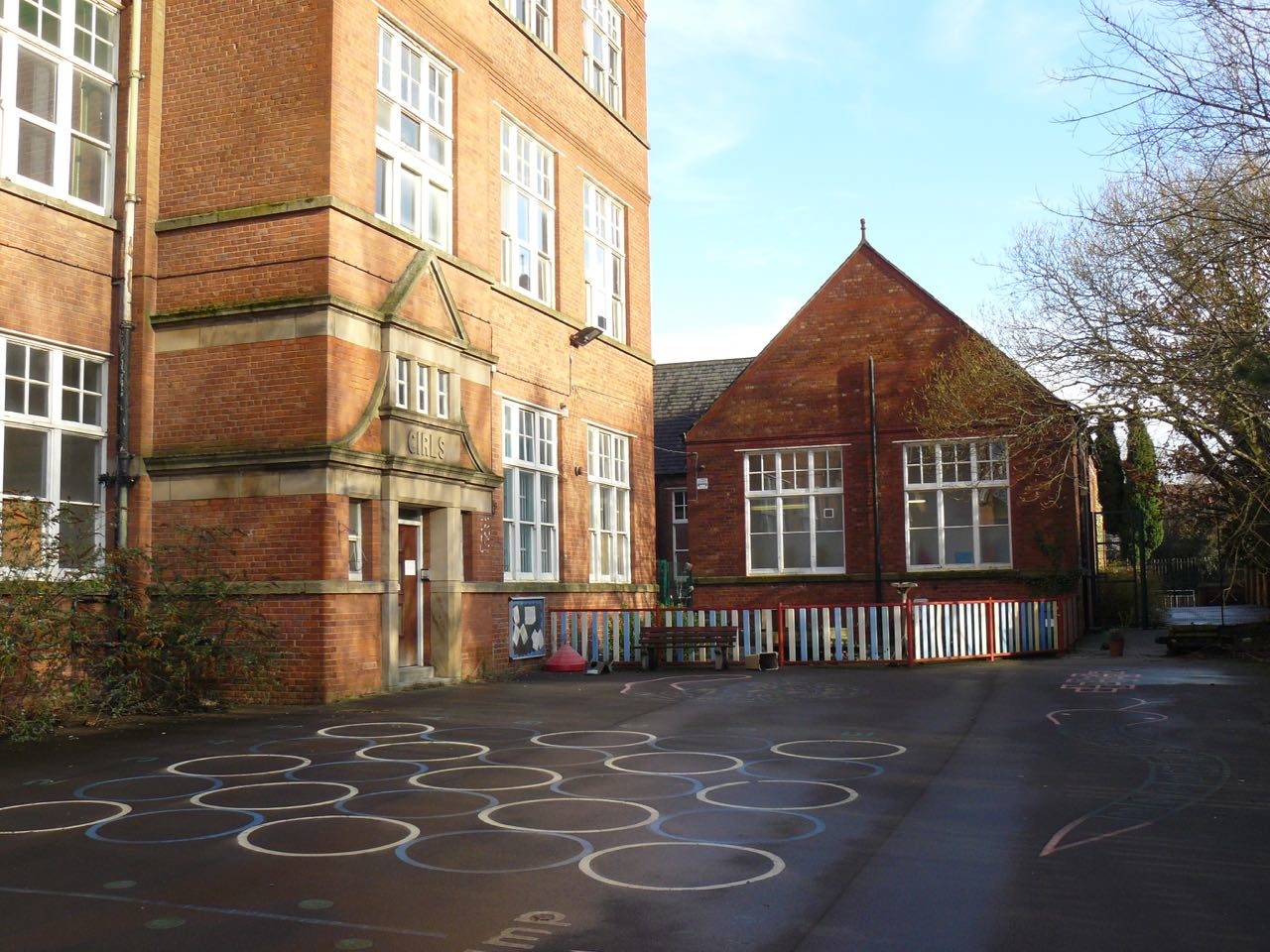During my time as the 2016-17 Clore Visual Artist Fellow I spent some time reflecting on the 15 years I’ve been part of the art world – a place I’ve rarely felt comfortable in. Whether at an exhibition opening, conference or biennial, I’ve always felt a formality and uneasiness, an expectation to not step out of place, an awareness of not putting a foot wrong.
For me, our arts institutions are not free and easy places to be. The feeling I often have is one of ‘institutional worry’ – an anxiety around ‘getting it right’. Despite these organisations having dedicated, passionate staff, it often seems as though a social space is being carefully managed and acted out rather than embodied in a carefree, casual, easy and friendly way.
The art arena in particular seems to tacitly endorse an unspoken code for how artists should present themselves: how to be professional but not too polished, friendly but not fawning, determined and ambitious but not zealously so.
This code never invites you to say exactly what you mean or ask for what you need. It encourages a hazy mode of interaction that best serves those charismatic enough to manoeuvre through it or those primed for it through their upbringing.
An artist’s value in this community is based on personal reputation – it’s not so much about what you do, but where, when and how you do it that takes precedence, at least in the short-term.
Artists have a sense, however illusory, that our careers are ‘followed’ from a distance by those who may one day give us a lucky break. So does the impulse to protect our reputations mean that we become cautious about the decisions we make, how we behave and what we say? Whether, for instance, we call out unfair practices or not?
Transparent and equitable
Why then don’t we change the game? Art is famously one of the most unregulated industries known. Surely it would be easy to adapt the modes of operation to something more transparent and equitable?
Of course in order to change the rules we have to know where to find them. There is no ‘User’s Guide’ for how one should navigate the art world – the existence of such a thing would be laughable to many who have established their positions in it.
I’ve often heard people say that everyone finds their own unique way in this world, that when it comes to art there simply is no ‘system’ for how things are done. But there is always a system if you are willing to look closely enough.
The clearest and most useful description I’ve come across for the art world’s governing system is in a 2004 study by Morris Hargreaves McIntyre commissioned by Arts Council England. It describes a system it calls ‘subscription’, which it says is “the process by which art is filtered and legitimised”.
It continues: “In an otherwise unregulated sector, where anyone can proclaim themselves an artist and anything be held up as ‘art’, the selection of ‘the wheat from the chaff’ is carried out by artists’ peers.
“Networks of art world professionals, including academics, curators, dealers, critics, artists and buyers, provide advocacy and endorsement for an artist’s work through exhibitions, critical appraisal and private and public purchases. The value of an artist’s work increases in direct proportion to the subscription it attracts and sustains.”
This process, explains the study, is reflected in artists’ CVs and explained by dealers to potential buyers. But for most people it is “an opaque and insular activity”.
The study adds: “When artists sell their own work [directly] they can be viewed, by those in the subscription system, as circumventing the due process. Artists who aspire to move through the subscription system are encouraged to rely on dealers to manage their career path, and to maximise the degree of subscription that they can achieve and sustain.”
Many reading this will be aware of some of what is described here, but how many of us have seriously considered how much control this may have over our lives as creative people? To me, subscription describes a system which is highly streamlined and rigidly fixed, and one which may be very difficult to change, not least due to its lack of transparency.
However, the first step in changing any system is in getting a clear understanding of how it functions. And then the more important question comes: What kind of culture and approach do we actually want? And what kind of system?
Images:
1. Maurice Carlin (back row, green top) with Clore Fellow colleagues during a study visit to Manchester International Festival. Courtesy: Maurice Carlin
2. Diagram from the Arts Council England report, Taste Buds, 2004. Copyright Morris Hargreaves McIntyre
Read Maurice Carlin’s other provocation:

Platforms for change: what do artists really want from arts organisations?
More on a-n.co.uk:

A Q&A with… Nicola Naismith, 2017-18 Clore Visual Artist Fellow

New home for Manchester’s Rogue Artists’ Studios provides “long-term security”


